Currently, most emergency services are only reachable by voice telephone calls, while more and more citizens expect to be able to reach emergency services using modern ways of communication. NG112 is about integrating these new technologies into emergency services, so that they can receive not just voice, but location information, real-time text, photos, video calls and other data.
This means that emergency services will have to upgrade their technology to embrace internet-based communications in the next years.
Next generation 112
The NG112 architecture enables the modernisation of emergency communications, allowing for far more data collection (text, video, location or additional data), which will result in a more efficient response. NG112 also helps to ensure equivalent access for all citizens, including people with disabilities.
Emergency services IP networks (ESInet) will be deployed for emergency centres, providing new possibilities and improving work processes. This includes more efficient call-routing based not only on the location of the caller but on other parameters, for example the language of the caller. Additionally, it will make it possible to optimise the distribution of emergency calls among several emergency call centres and thus reduce response times.
NG112 is a flexible architecture that will help enable remote working for emergency call takers when needed, something that was not possible for most emergency services during the COVID-19 pandemic. Moreover, moving on to dedicated networks for public safety organisations would render them less vulnerable to cyberattacks, securing the infrastructure of emergency response.
about standardisation & technical specifications
EENA’s NG112 Long-Term Definition is voluntarily inspired by the work of IETF-ECRIT and NENA’s work on NG911. The aim is to ensure international interoperability to make it easier for public safety personnel, vendors, and internet-service providers (etc.) to follow the same (or very similar) requirements across the globe.
ETSI published the Technical Specifications (TS 103 479) for core elements for network independent access to emergency services (also known as the NG112 architecture). This specification references EENA’s NG112 LTD.
With ETSI, EENA has co-organised a series of editions of the NG112 Emergency Communications Plugtest event. The purpose of the event is to trial independently and jointly all components of the 112 communication chain based on NG112 networks, such as: location-based call routing; audio, video and real-time text; policy-based routing; and much more.
The NG112 Emergency Communications Plugtests examine and validate the interoperability and conformity of several market solutions using different scenarios and test cases.
- NG112 Emergency Communications Plugtest event 1st edition: March 2016 Report
- NG112 Emergency Communications Plugtest event 2nd edition: March 2017 Report
- NG112 Emergency Communications Plugtest event 3rd edition : February 2019 Report
- NG112 Emergency Communications Plugtest event 4th edition: February 2021 Report
- NG112 Emergency Communications Plugtest event 5th edition: February 2023 Report
NG112 project
In April 2019, EENA launched its NG112 project, which ended in June 2020. The project aimed to test and deploy the NG112 architecture in different countries, focusing on demonstrating its use in real-life environments.
Three consortia were selected, covering five different countries: Austria, Italy, Denmark, Turkey and Croatia. The use cases included voice and video Internet Protocol (IP) calls, real-time text, cross-border emergency communications and initiating emergency communications from a home speaker. The consortia successfully demonstrated the value of the NG112 architecture, particularly in terms of accurate, policy-based cross-border routing capabilities, accessibility, decision-making and resource allocation.
More information on the project and access to the project reports can be found here.
NG112 in the eu
EENA is and will be highlighting the importance of NG112 to the EU Institutions and the EU Member States. We believe it is crucial to act on NG112 rapidly for the following reasons:
- With the deployment of 5G and the Internet of Things (IoT), more and more data will be available. This data should be made accessible to help save lives in a way that is secure and respectful of privacy. Currently, this is not possible. Without a coordinated action based on standards, each company managing IoT or 5G data will have to find a way to send this data to various emergency services. In such a scenario, emergency services will have to adapt to the way each company wants to send the data and to the variety of formats. This will be costly, ineffective, and insecure.
- Citizens increasingly expect to be able to reach emergency services using the tools they use every day: 112 cannot be accessible only by voice.
- Too many disparate and uncoordinated initiatives are taking place without a strong technical and legal framework, posing strong risks to standardisation, security, and privacy.
- Without a coordinated action based on international standards, non-standardised NG112-types of deployments will dominate the market and set a new de-facto European standard (highly probably set by non-European companies).
EU Legislation
The latest legislative change to emergency communications in the EU has recently been published through the delegated regulation of the European Electronic Communications Code (EECC).
In order to foster the adoption of IP-based emergency communications (Next Generation 112), the European Commission requires member states to produce within nine months a roadmap detailing their country’s plan for PSAPs to be able to: “Receive, answer and process emergency communications through packet-switched technology.”
Read more here about the delegated regulation and the impact on NG112.
how can eena help you
You can contact EENA if you have questions or need more information about NG112.
EENA can give you concrete examples of the value of NG112 and put you in contact with stakeholders having already implemented Next Generation emergency networks in various countries across the world. EENA also offers a NG112 Education Programme in order to support efforts to lay down national plans. The programme is aimed at educating key stakeholders in your country on NG112 and can be co-organised with you (i.e. national public authorities/emergency services) and delivered by EENA staff members online or in person in the form of a workshop.
For more information on this programme, feel free to contact [email protected] or [email protected].
useful RESOURCES
- EENA’s NG112 Long-Term Definition
- ETSI Technical Specifications (TS 103 479) for core elements for network independent access to emergency services (also known as the NG112 architecture)
EENA Documents on NG112
- NG112 Forest Guide
- Transmitting Video to PSAPS
- Caller Location and NG112
- NG112 and the new Emergency Services Networks landscape: Challenges and Opportunities
- The Role of Geographic Information Systems in Next Generation 112: Moving from current state 112 to future state NG112
- Security and Privacy Issues in NG112
- NG112 Transition models
- NG112 Implementation Steps (and related webinar)
EENA Blogs on NG112
- Where Are We… With Next Generation 112
- NG112 with Accessibility in Mind
- Using Live Video for Emergency Rescue
- NG112 Interoperability from Europe to USA
Conference Sessions and Webinars
- EENA 2023: Towards a New Era in Emergency Communications and Response
- EENA 2023: Next Generation 112 – Progress Update
- EENA 2023: An International Perspective on Next Generation Implementation and Operation
- EENA 2023: Next Generation eCall
- EENA 2022: Video Communications to PSAPs – a Human Perspective
- EENA 2022: Next Generation 112 Deployments
- EENA 2021: Implementing Next Generation 112

